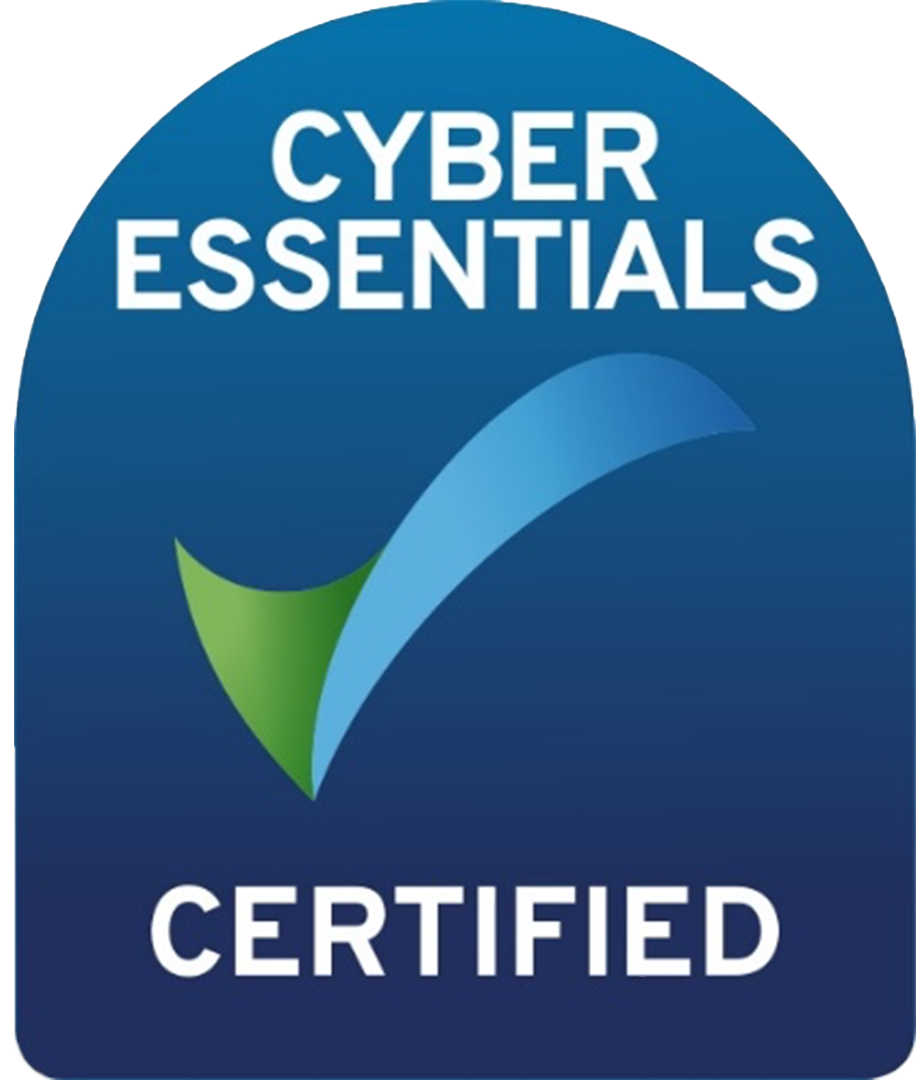10 Common Errors You Must Remove from Your Resume and Why
Aimee Burton • January 24, 2018
Within approximately 6 seconds your resume will be scanned, screened and scrutinised, so it’s imperative that your experience and expertise stand out; with no mistakes in sight.
The ten points below are common mistakes made on resumes not only in Australia, but all over the world, so read now to be the top contender for your dream job!
-
Proof read your resume and correct any spelling or grammatical errors. One error can cost you an interview. Ensure that any of your previous roles have been updated to the past tense from present. When you have checked it, ask two other people to proof read it too. Mistakes can easily be overlooked when you’ve read it multiple times.
-
Removing any extensive personal information from your resume will protect you from any form of discrimination; this includes full address, photograph, date of birth, nationality and religious belief. All that is required is your full name, email address, town or city of residence and if you’re not a national citizen, the type of visa you hold and if/when it expires.
-
Links to your social media accounts and opinionated blogs do not belong on your resume. You may believe that your Facebook, Instagram, Twitter, Pinterest page adds to your personal brand, but it can very often give the wrong impression of your character and beliefs. Remember to change all your social media settings to private, before submitting your resume for consideration.
-
An objective and/or explanation of why you want the job is for your cover letter, whilst your resume should only contain facts, not opinions.
-
Large paragraphs of text or too many bullet points can be overwhelming, so slice up your material by summarising effectively with concise and clear bullet points of your duties and responsibilities, for each role. Use the job brief to determine what experience is relevant and tailor it to the job, particularly if you had a variety of responsibilities in various areas.
-
It’s common to work whilst studying at University or College in retail or/and hospitality, but when applying for a professional role, it can still be relevant, within in a certain time frame. If you don’t have a lot of relevant work experience, this type of part time experience can be valuable in demonstrating how you juggle competing priorities.
-
To stay on the safe side, use Microsoft Word and keep away from using tables, margins and footnotes – the format may look fabulous on your computer, but it’s likely that it won’t look as professional when uploaded to another program. This is certainly the case when you draft and format a document on an Apple Mac and it’s then uploaded into Windows.
-
Including company specific jargon can confuse your resume and your experience. If you have experience using popular software or systems, then this is definitely valuable and something worth adding. However if the terminology is not known outside the organisation, just describe its purpose and how it’s applied.
-
The reasons for leaving each job does not belong on your resume; it’s not the time or the place. Some believe that adding in this information demonstrates entire transparency and will heighten their chance of an interview, but sadly this isn’t the case. The time to address the reasons surrounding your reasons for leaving will be in your interview with your recruitment consultant.
-
The details of your referees will be requested, if not throughout the process of interviewing, then certainly around the job offer stage. although you could be asked at any time. Ensure you have asked your referees’ permission before nominating them for contact.
Find the job you love I Find the right talent
Get in touch with people2people
Australia
I United Kingdom
In business since 2002 in Australia, NZ, and the United Kingdom, people2people is an award-winning recruitment agency with people at our heart. With over 12 offices, we specialise in accounting and finance, business support, education, executive, government, HR, legal, marketing and digital, property, sales, supply chain, and technology sectors. As the proud recipients of the 2024 Outstanding Large Agency and Excellence in Candidate Care Awards, we are dedicated to helping businesses achieve success through a people-first approach.
Recent articles









